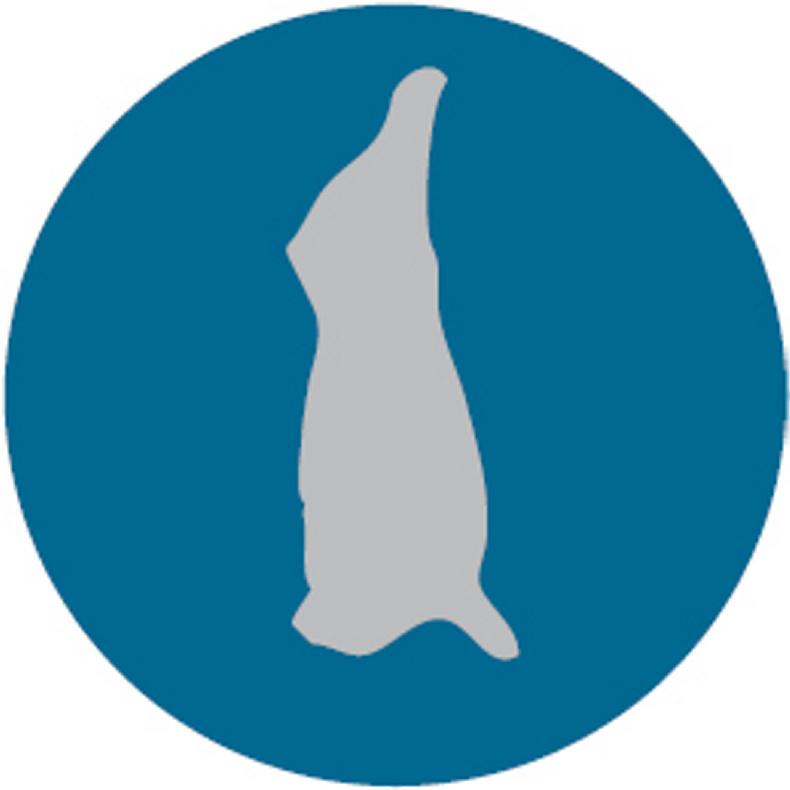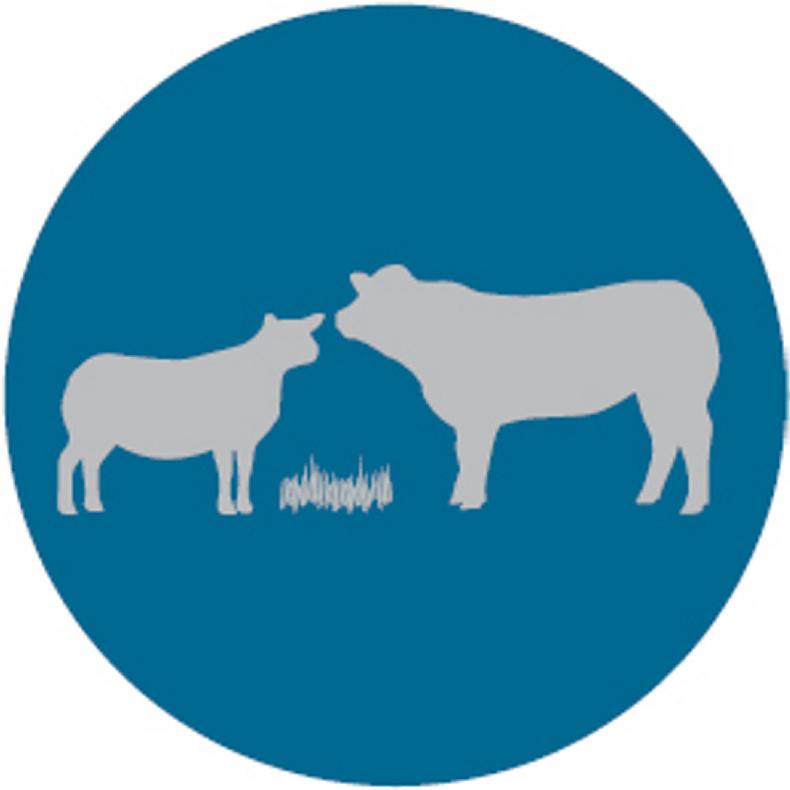In last week’s edition, we outlined some of the new aspects in the BETTER farm programme. This time around, we are going further than just technical efficiency and gross margin, following overall business viability, cashflow and labour efficiency.
A ‘‘challenge’’ aspect has also been introduced to give the reader a more concise package and allow them to easily follow progress in areas of interest to themselves.
Essentially, all of the farms will be undertaking any challenge that is applicable to them, but for the purpose of the BETTER farm programme, challenges will be assigned to farms that require the most work and/or are representative of prevailing issues nationally.
There are 10 challenges and the first five were outlined last week – two-tonne grass growth, farm finance, farm safety (these three are mandatory), breeding and herd health.
The other five challenges are outlined here, with participants giving an update on their progress.

The soil health challenge
The aim of the soil health challenge is to encourage a greater national uptake in soil fertility testing. Participants will be selected to represent prevailing regional soil types and nutrient statuses and detailed play-by-play accounts of relevant inputs will be documented in the Irish Farmers Journal such that readers can emulate. Participants must have 70% of soils index 3 for P and K, or greater, in year four. The average soil pH on farm must be at least 6.3 by year four (5.5 for peat soils).
Sean Hayes, Co Clare
Based on winter 2016 soil tests.Twenty per cent of the farm (64ha) optimum for pH, 50% for P and 45% for K.Using 18:6:12 on deficient and 27:2.5:5 on index 3 grazing ground; using 0:7:30 on silage ground; lime to go out when ground conditions improve.Farm will be sampled annually to monitor progress.
The green farming challenge
The green farming challenge demonstrates practical ways of incorporating clover into 20% of the farm’s grassland swards and disseminates best-practice advice on how to manage swards to ensure high-establishment rates and grazing practices to avoid issues such as bloat.
John McSweeney, Co Cork
Broadcast 25kg of white clover seed across 1.5 acres using fertiliser spreader.Mixed with 10:10:20 fertiliser (in field to prevent settling).Aberherald and Aberace varieties. Established in June.Good establishment so far. Planning to do more next year.
Meet the markets challenge
This is to demonstrate the importance and value of complying with relevant carcase specifications, including age, weight, fat class, conformation, breed and organic/conventional status.
Joe Healy, Co Meath
Slaughtering bulls under 16 months of age on the QPS grid.Must adhere to carcase weight limits – regular weighing of cattle.Fat cover must be above 2= in order to avoid penalties and qualify for conformation bonus.Farm is quality-assured.
The mixed-grazing challenge
To establish a blueprint for operating a mixed-grazing system (cattle and sheep), providing concrete guidelines for factors such as autumn closing dates to allow for early spring turnout, low-cost fencing options for mixed grazing in a rotational manner and housing/winter feeding options.
The Grieves, Co Donegal
Closing up fields in October for ewes (150) and lambs next spring.In previous years, sheep were given the run of the farm for winter.Spread two tonnes of N fertiliser in late August to build up grass covers.Incorporated sheep fencing, temporary and permanent, to enable the operation of a paddock system for sheep.
The farm structures and labour challenge
This is to show that successful family and non-family partnerships can become established businesses that – with planning and structure – can provide a viable future for young farmers.
We will also attempt to quantify labour requirements on participant farms and demonstrate how a productive, streamlined suckler/beef enterprise can provide a worthwhile return on any time invested.
Nigel O’Kane, Co Galway
Currently recording labour hours for one week/month.Erected new shed that connects other buildings in the yard.Includes modern handling unit.Went from AI to stock bull this year because of time pressure.Will move back to AI and use synchronisation. Running paddock system on outfarm – cattle are handled and moved much more easily.
In last week’s edition, we outlined some of the new aspects in the BETTER farm programme. This time around, we are going further than just technical efficiency and gross margin, following overall business viability, cashflow and labour efficiency.
A ‘‘challenge’’ aspect has also been introduced to give the reader a more concise package and allow them to easily follow progress in areas of interest to themselves.
Essentially, all of the farms will be undertaking any challenge that is applicable to them, but for the purpose of the BETTER farm programme, challenges will be assigned to farms that require the most work and/or are representative of prevailing issues nationally.
There are 10 challenges and the first five were outlined last week – two-tonne grass growth, farm finance, farm safety (these three are mandatory), breeding and herd health.
The other five challenges are outlined here, with participants giving an update on their progress.

The soil health challenge
The aim of the soil health challenge is to encourage a greater national uptake in soil fertility testing. Participants will be selected to represent prevailing regional soil types and nutrient statuses and detailed play-by-play accounts of relevant inputs will be documented in the Irish Farmers Journal such that readers can emulate. Participants must have 70% of soils index 3 for P and K, or greater, in year four. The average soil pH on farm must be at least 6.3 by year four (5.5 for peat soils).
Sean Hayes, Co Clare
Based on winter 2016 soil tests.Twenty per cent of the farm (64ha) optimum for pH, 50% for P and 45% for K.Using 18:6:12 on deficient and 27:2.5:5 on index 3 grazing ground; using 0:7:30 on silage ground; lime to go out when ground conditions improve.Farm will be sampled annually to monitor progress.
The green farming challenge
The green farming challenge demonstrates practical ways of incorporating clover into 20% of the farm’s grassland swards and disseminates best-practice advice on how to manage swards to ensure high-establishment rates and grazing practices to avoid issues such as bloat.
John McSweeney, Co Cork
Broadcast 25kg of white clover seed across 1.5 acres using fertiliser spreader.Mixed with 10:10:20 fertiliser (in field to prevent settling).Aberherald and Aberace varieties. Established in June.Good establishment so far. Planning to do more next year.
Meet the markets challenge
This is to demonstrate the importance and value of complying with relevant carcase specifications, including age, weight, fat class, conformation, breed and organic/conventional status.
Joe Healy, Co Meath
Slaughtering bulls under 16 months of age on the QPS grid.Must adhere to carcase weight limits – regular weighing of cattle.Fat cover must be above 2= in order to avoid penalties and qualify for conformation bonus.Farm is quality-assured.
The mixed-grazing challenge
To establish a blueprint for operating a mixed-grazing system (cattle and sheep), providing concrete guidelines for factors such as autumn closing dates to allow for early spring turnout, low-cost fencing options for mixed grazing in a rotational manner and housing/winter feeding options.
The Grieves, Co Donegal
Closing up fields in October for ewes (150) and lambs next spring.In previous years, sheep were given the run of the farm for winter.Spread two tonnes of N fertiliser in late August to build up grass covers.Incorporated sheep fencing, temporary and permanent, to enable the operation of a paddock system for sheep.
The farm structures and labour challenge
This is to show that successful family and non-family partnerships can become established businesses that – with planning and structure – can provide a viable future for young farmers.
We will also attempt to quantify labour requirements on participant farms and demonstrate how a productive, streamlined suckler/beef enterprise can provide a worthwhile return on any time invested.
Nigel O’Kane, Co Galway
Currently recording labour hours for one week/month.Erected new shed that connects other buildings in the yard.Includes modern handling unit.Went from AI to stock bull this year because of time pressure.Will move back to AI and use synchronisation. Running paddock system on outfarm – cattle are handled and moved much more easily. 










 This is a subscriber-only article
This is a subscriber-only article










SHARING OPTIONS: